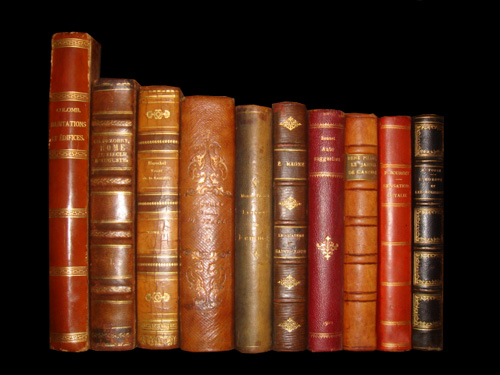On July 5, 1853,
Frederick Douglass, the famous
abolitionist, delivered what is arguably the century's most powerful abolition speech. Using Douglass's pivotal speech as a springboard, James A. Colaiaco sheds light on the nation's tragic conflict over slavery. He recreates the turbulent historical context of this speech, and shows how Douglass's heroic life story intersected with the lives of a stellar cast of characters including Abraham Lincoln,
William Lloyd Garrison, and John Brown. By expounding on Douglass's key themes, Calaiaco brings into relief his application of a moral lens to the Declaration of Independence and the Constitution during one of the most critical periods in American history.
Click for the original review.
Background Information
Frederick Douglass was a former slave who became a spokesman for abolition and eventually a wartime friend of Lincoln. The Gag Rule was a provision in the rule of the House of Representatives that in the decades for the Civil War prevented the consideration of bills opposing slavery. William Lloyd Garrison was a free black in Massachusetts who published an abolitionist newspaper, The Liberator, until after the Civil War.



